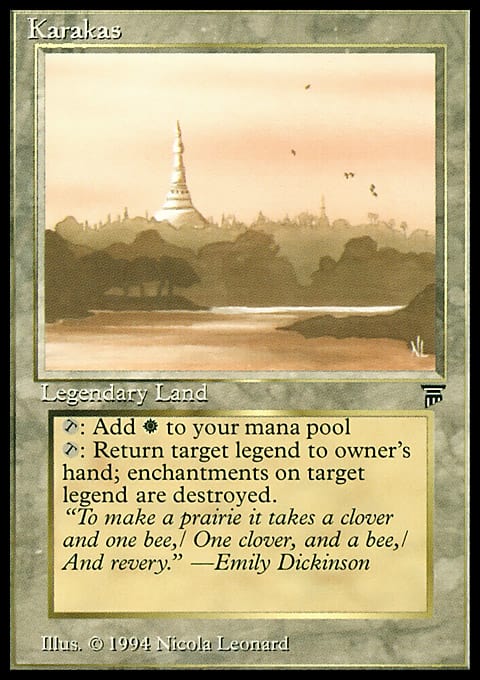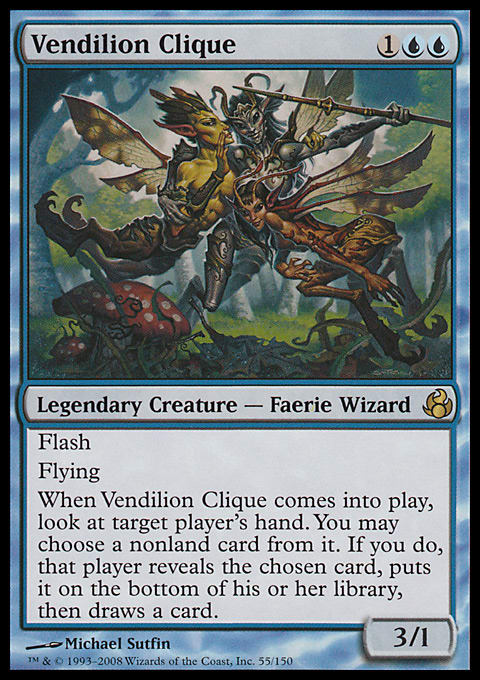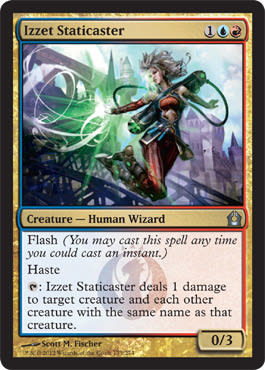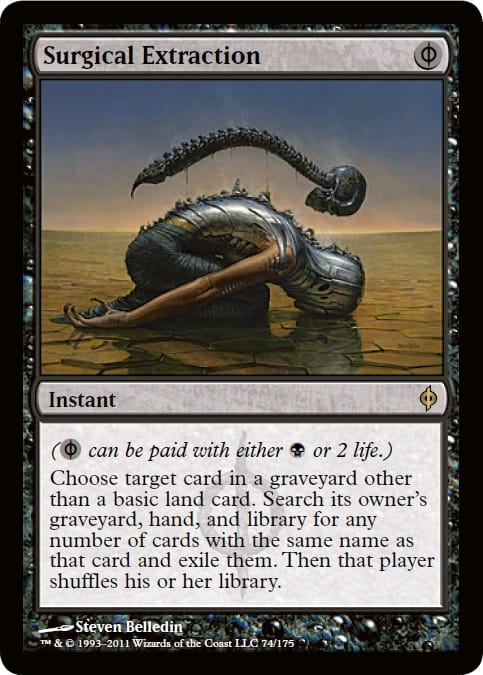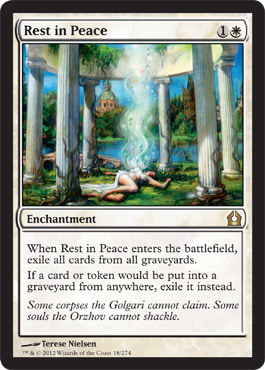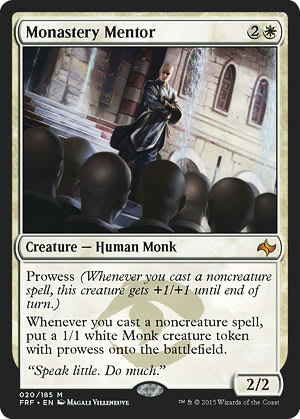Sometimes, weekends don’t always go as we plan. If you’re anything like I am, most weeks preceding a tournament are spent thinking of ways to hoist the trophy at the end of the event. Tournaments are designed to churn out a staggering number of losers (in relation to the number of winners at the end of the day), and awareness is a large step in converting these losses into future successes. My tournament in Philadelphia last weekend was a prime example of things falling apart, and it is pertinent to evaluate what could have been done differently in order to yield better results in the future.
In the true spirit of a tournament-report-styled article, here is the deck that I piloted to a 6–3 finish:
Miracles ? Legacy | Emma Handy, 105th Place, Star City Games Circuit Philadelphia 2016
- Creatures (4)
- 2 Snapcaster Mage
- 2 Vendilion Clique
- Planeswalkers (3)
- 3 Jace, the Mind Sculptor
- Spells (31)
- 1 Spell Snare
- 2 Counterspell
- 4 Brainstorm
- 4 Force of Will
- 4 Swords to Plowshares
- 1 Council's Judgment
- 1 Entreat the Angels
- 2 Ponder
- 4 Terminus
- 4 Counterbalance
- 4 Sensei's Divining Top
- Lands (22)
- 1 Mountain
- 2 Plains
- 4 Island
- 1 Arid Mesa
- 2 Volcanic Island
- 3 Tundra
- 4 Flooded Strand
- 4 Scalding Tarn
- 1 Karakas
- Sideboard (15)
- 2 Blood Moon
- 2 Wear // Tear
- 1 Monastery Mentor
- 2 Flusterstorm
- 1 Izzet Staticaster
- 2 Surgical Extraction
- 1 Rest in Peace
- 1 Supreme Verdict
- 2 Red Elemental Blast
- 1 Pyroblast
Going in to the weekend there, was a significant amount of hype surrounding the Legacy adaptation of Eldrazi, and it was apparent that anyone planning to make a deep run in the tournament would have to be prepared against the archetype. This meant having game against a deck playing Chalice of the Void, Wasteland, and fast creatures of above-average size (or FCoAAS for short), and while Chalice of the Void can be irksome, Miracles has excellent game against Wasteland and creature strategies. Going in to the weekend, it was crucial to be prepared for Delver of Secrets decks, Eldrazi, Miracles, Storm, and Lands as the biggest chunks of the metagame.
There are two major versions of Miracles that see play: a twenty-land deck with four copies of Ponder and a twenty-two- to twenty-three-land deck that generally contains two or fewer copies of the Lorwyn sorcery. If it appears there is going to be an expected increase in Wastelands and Chalice of the Voids, it is an easy choice to err toward a land-heavy version of the deck that is less reliant on 1-drop cantrips to progress to the midgame. Another draw to the higher land count is the ability to play more powerful cards between the main deck and the sideboard (more on this later).
The biggest sacrifice this variant of the deck makes is being significantly less streamlined than a deck that plays more cantrips. In a field as open and varied as a Star City Games Circuit Series event, I wanted to make sure I had my bases covered for as many archetypes as possible—even at the cost of some consistency.
The list itself isn’t particularly exciting, with only a few cards that aren’t in the core lineup of the Miracles archetype.
This pair together is amazing to have against the mirror with, the Faerie in particular being pivotal in disrupting the opponent while simultaneously applying pressure. Karakas tends to be a bit weaker against the various Wasteland decks, but gives the Vendilion Clique protection against removal spells in addition to providing a bit of padding against opposing legendary creatures (Marit Lage) while on defense. Clique’s ability to act as a removal spell and then some against aggressive strategies cannot be understated. There are games in which Terminus is nowhere to be found and a 3/3 Nimble Mongoose will finish you off by itself. These games become a bit easier with a 3/1 with flash on your side. An often overlooked use of Vendilion Clique that I make use of more than most is using it to churn through your own deck. Redundant copies of Counterbalance, Sensei's Divining Top, and Terminus can end up stranded in your hand, and putting them on the bottom of your deck in exchange for a fresh card feels excellent. There are many games in which the opponent is effectively locked out by the Counter-Top combo and targeting him or her is a bit of a moot point—making this less of a corner case than one would assume.
This was originally a card I was incredibly skeptical toward, but my good friend and Miracles enthusiast Anuraag Das convinced me to at least try out a single copy—I wish I’d had a second. Spell Snare helps against a lot of early situations that can lead to sticky situations for Miracles (turn-one Chalice of the Void for 1 comes to mind) and is not hard to filter back into the deck if it is stranded in hand via Brainstorm, Jace, the Mind Sculptor, or Vendilion Clique.
This was a sideboard choice that is starting to gain a bit more traction as a recursive answer to Young Pyromancers and their posse. This was one of the later cards to make it into my sideboard as a nod toward the Eldrazi Mimics and Phyrexian Revokers from the Eldrazi Stompy decks.
The split between these cards may come as relatively surprising, but they don’t always do the same things and don’t always come in against the same decks. Storm, Reanimator, and Lands are decks against which both Surgical Extraction and Rest in Peace shine in their own ways, but past those decks, one card would usually come in without the other. Against decks that play Tarmogoyf and Deathrite Shaman (Shardless Sultai and Delver variants), Rest in Peace is fantastic at reducing the opponent’s ability to close a game before Miracles can stabilize. Things become increasingly complicated for Temur Delver players who can’t gain threshold for Nimble Mongoose or make a Tarmogoyf that is larger than a 0/1. Sneak and Show becomes significantly worse if you are able to Extract Force of Will or some number of the opponent’s cantrips. The choice to play more Extractions than the enchantment stems from how permanent the effects of Surgical Extraction are as well as the instant’s synergy with Snapcaster Mage. There may be Storm players who can win without Dark Rituals in their decks, and there are ways for Reanimator players to win after their Griselbrands are gone, but the straits become significantly direr for them.
This was honestly a situation in which the deck was “seasoned to taste” more than anything else. Entreat the Angels is fantastic against any of the fair decks—even for low X values. Most Abrupt Decay decks have trouble beating three Air Elementals with any semblance of protection to back them up. The main-decked copy of Entreat was also something that I (as a longtime albeit rusty Miracles pilot) have more experience shaping a game around. There are decks against which Monastery Mentor closes the game much faster and more efficiently, but Entreat the Angels can completely warp the Miracles mirror in a way that I wanted to have access to Game 1. Given more time to playtest, Monastery Mentor is probably the correct choice for the main deck, but we’ll touch more on updates later.
The tournament itself went somewhat lackluster, with the rounds breaking down as follows:
Round 2: ANT/Storm (2–0) W
Round 3: Miracles (1–2) L
Round 4: Fish (0–2) L
Round 5: Miracles (2–1) W
Round 6: Shardless Sultai (2–0) W
Round 7: Death and Taxes (2–0) W
Round 8: Fish (2–1) W
Round 9: Miracles (0–2) L
I ended up playing pretty sloppily in the second game of my ninth round to pop the proverbial bubble and knock me out of contention for Day 2. Playing against Merfolk twice (a very bad matchup) and Miracles four times was hardly the experience for which I’d prepared myself. Instead of lamenting my poor luck in matchups in relation to my final tournament results, it is far more productive to list what can be done differently in the future.
One issue I highlighted in a recent article is my tendency to try to over prepare for too many things at once. This issue is exacerbated in Eternal formats with a wider range of playable decks. Preparing for everything isn’t necessarily possible, and it is incredibly beneficial to have a deck that has a reasonable game plan while being excellent as accomplishing whatever game plan that it has.
Looking to the highest-placing Miracles player in the tournament, it is clear to see this goal being achieved with an elegant take on the archetype.
Miracles ? Legacy | Rich Cali, 5th Place, Star City Games Circuit Philadelphia 2016
- Creatures (5)
- 2 Monastery Mentor
- 3 Snapcaster Mage
- Planeswalkers (3)
- 3 Jace, The Mind Sculptor
- Spells (31)
- 2 Counterspell
- 4 Brainstorm
- 4 Force of Will
- 4 Swords to Plowshares
- 1 Council's Judgment
- 1 Entreat the Angels
- 3 Terminus
- 4 Ponder
- 4 Counterbalance
- 4 Sensei's Divining Top
- Lands (21)
- 2 Plains
- 3 Island
- 2 Arid Mesa
- 2 Misty Rainforest
- 2 Polluted Delta
- 3 Tundra
- 3 Volcanic Island
- 4 Flooded Strand
- Sideboard (15)
- 2 Containment Priest
- 1 Izzet Staticaster
- 1 Blood Moon
- 1 Rest in Peace
- 3 Flusterstorm
- 2 Pyroblast
- 1 Red Elemental Blast
- 2 Wear // Tear
- 2 Vendilion Clique
There was clearly a significant amount of thought put into this particular list that shows in all kinds of little ways. Eschewing the copy of basic Mountain allows this deck to change up which fetch lands that it plays—though I would be surprised if Misty Rainforest and Polluted Delta were that much better than Scalding Tarn. Seeing Misty Rainforest and Polluted Delta communicates a lower number of basic lands to an opponent. The less information that is disseminated the better. The Cliques being moved to the sideboard (with zero copies of Venser, Shaper Savant in the seventy-five) removes the need to Karakas. These changes, in conjunction with the heightened number of Ponders, allows the deck to shave a land in order to be more spell-dense in matchups in which attrition is important.
One of the biggest aspects of this deck that is worth noting is how unlikely it is for the list to end up with cards stranded in its hand midgame. One issue with my take on the deck is how often it planned to make use of the ability to put cards back with Brainstorm-esque effects in order to play more impactful spells that were a bit clunky in multiples. Cali has elected to only play a single copy of Blood Moon, doesn’t have Spell Snare, and only has a singular copy of Rest in Peace out of the sideboard.
Going forward, this list in particular is an amazing place to start for a stock list of Miracles. There isn’t anything too particularly fancy, and that is just fine. Cali understood that he is a Miracles list and knows what his plan is in each game—the value of this in a format as wide-open as Legacy cannot be understated.
My tournament didn’t necessarily go as planned, but the weekend is something I can write off as a resounding success. Magic tournaments are meant to reward continued excellence, and I was able to take away something that can be applied to future tournaments in an incredibly important way. Take my hopeless optimism with a grain of salt, but I don’t have any ragrets from #SCGPhilly—not even one letter.













